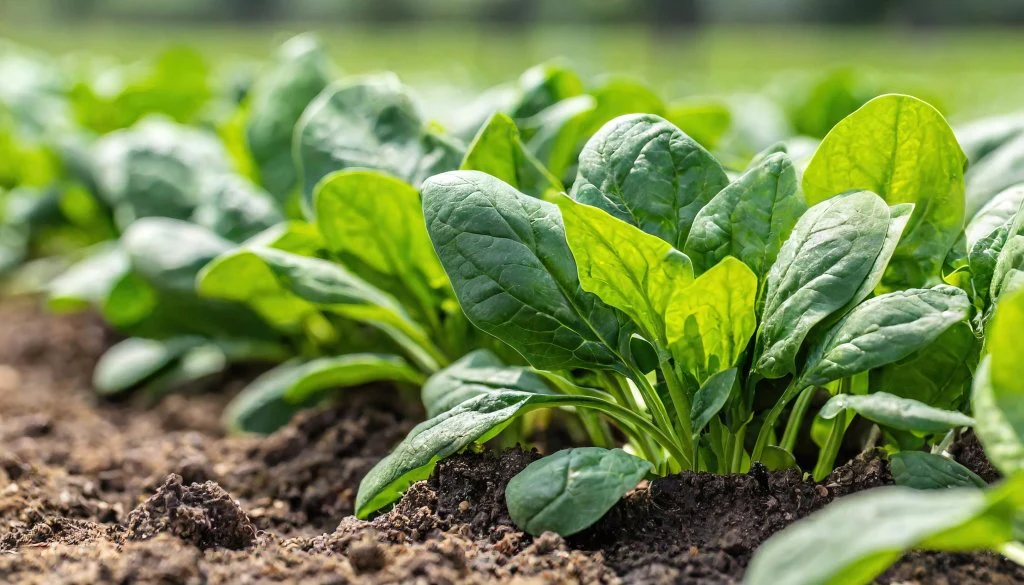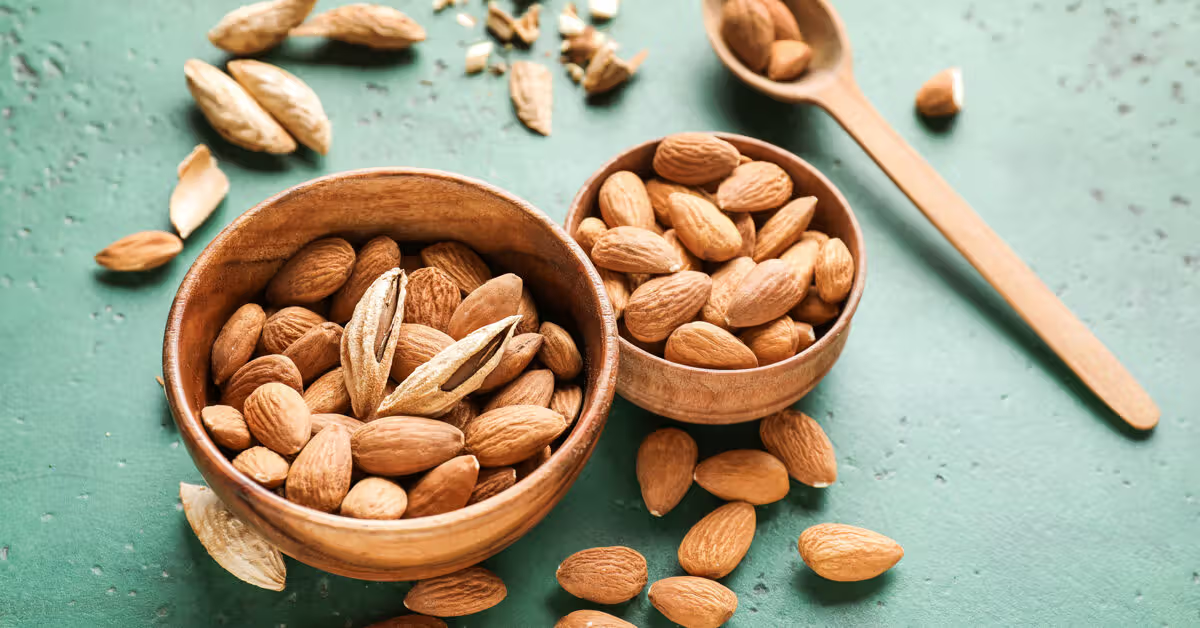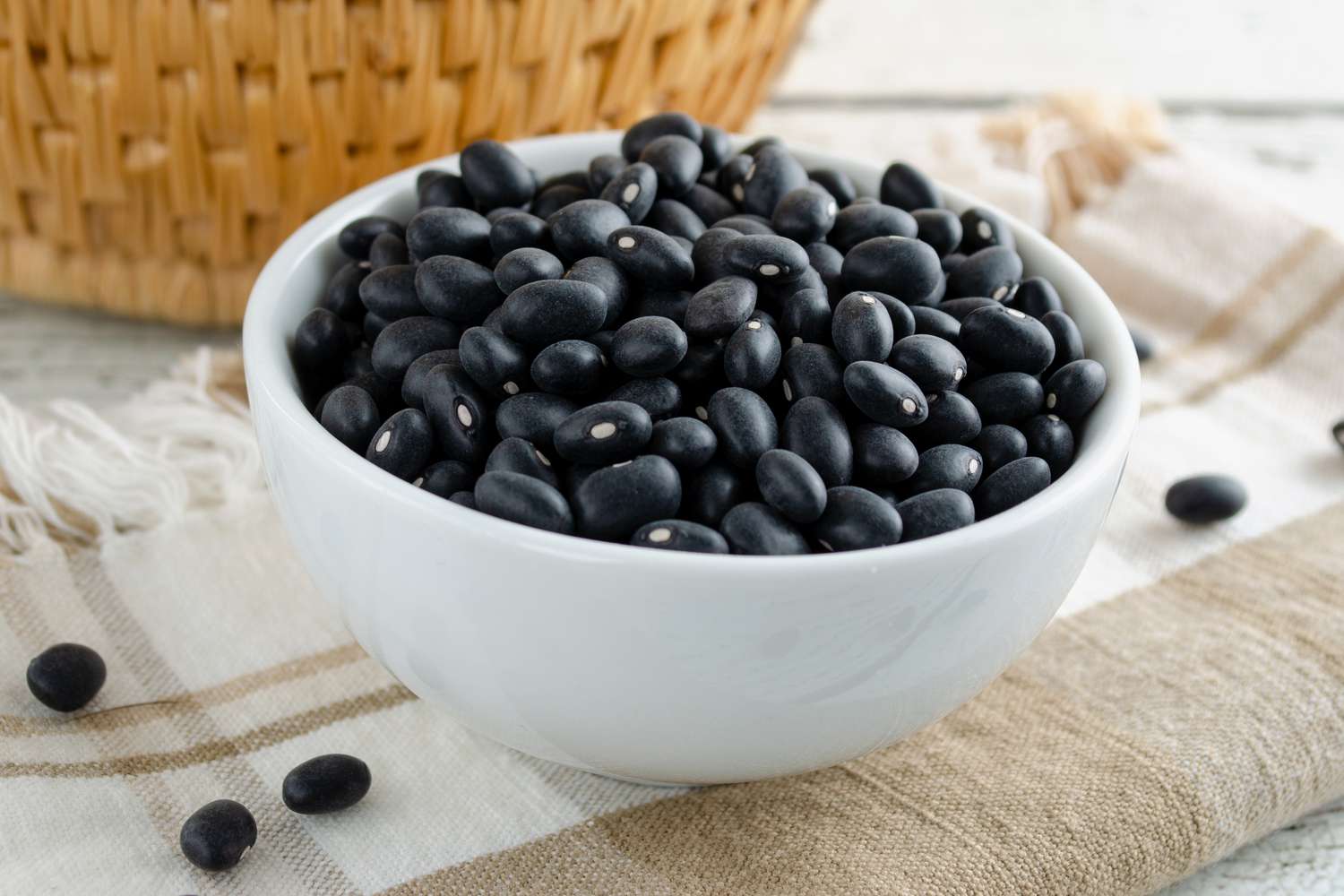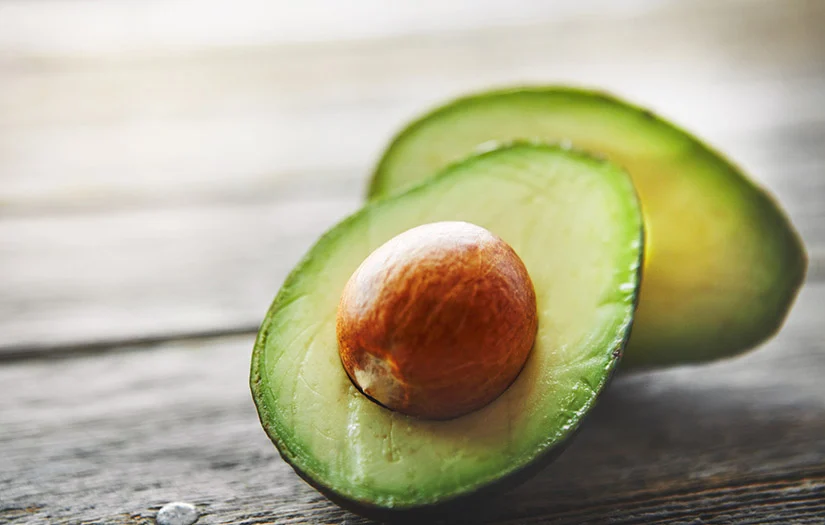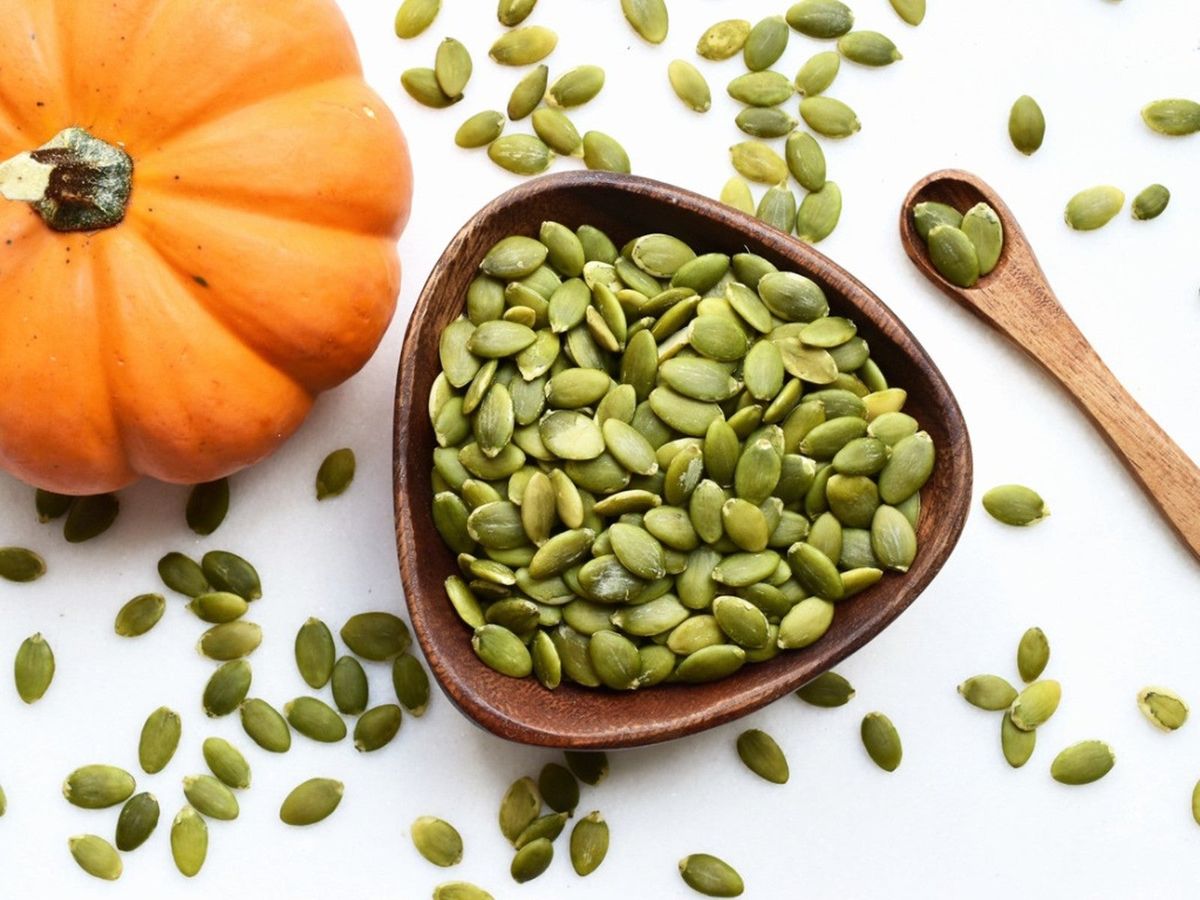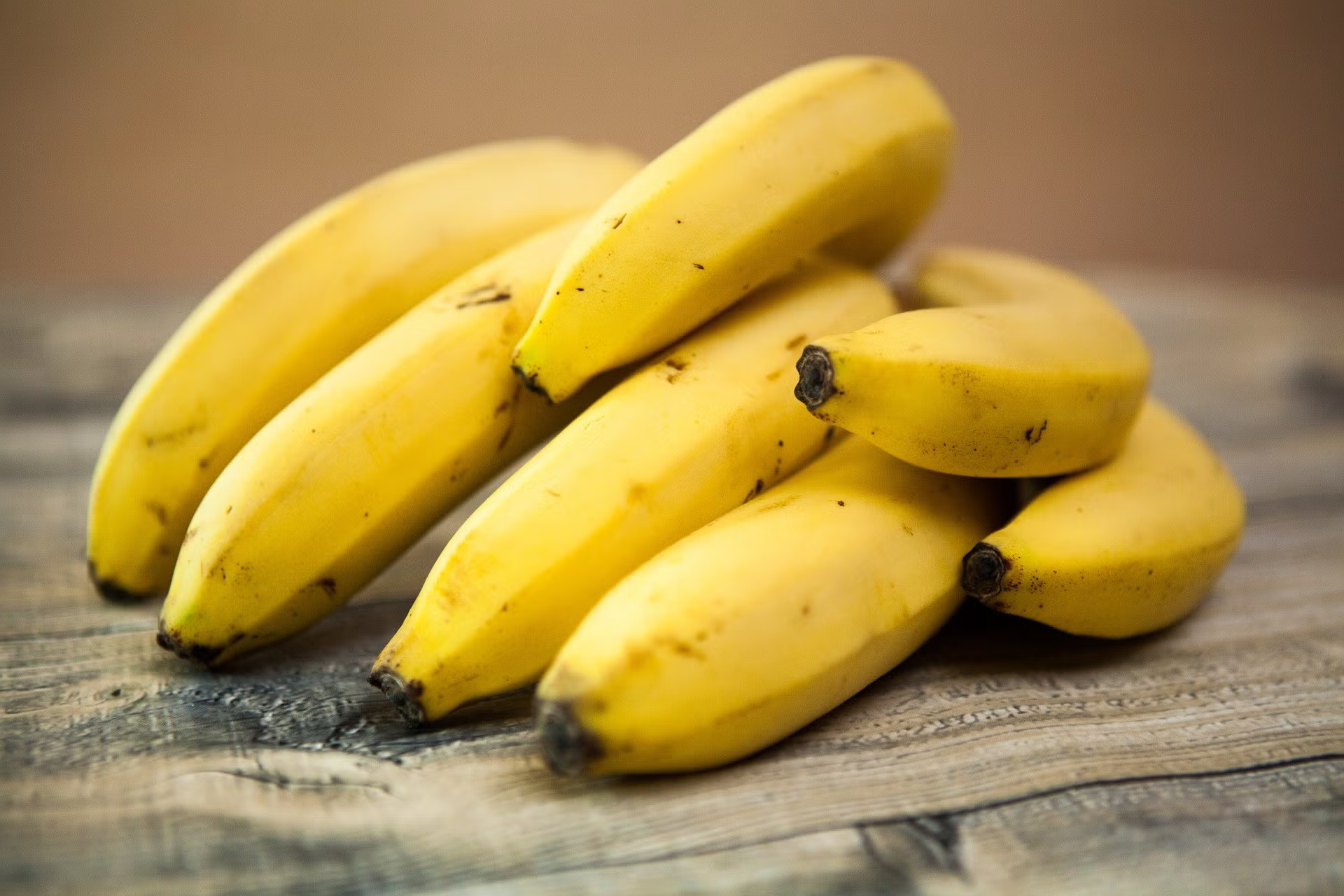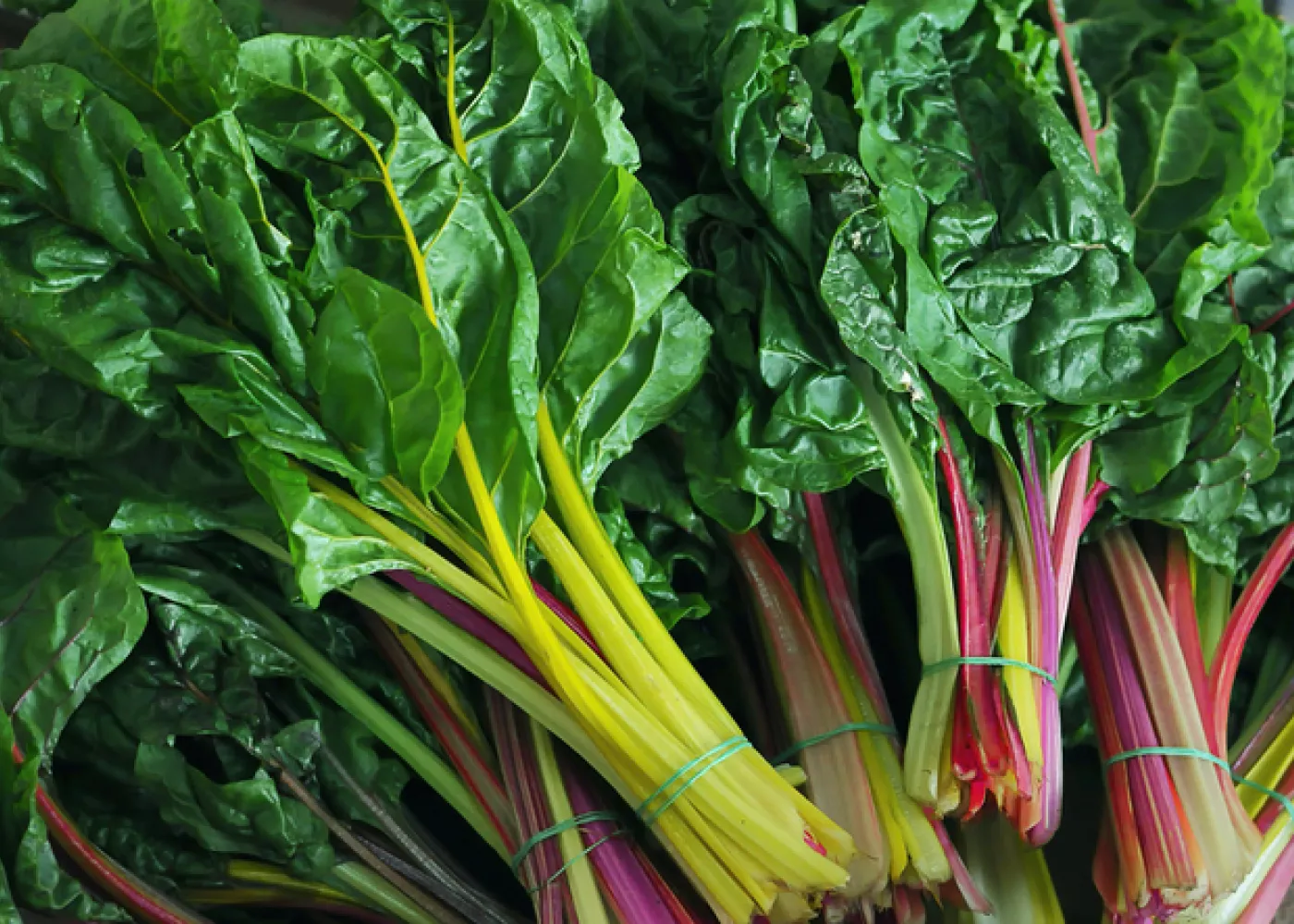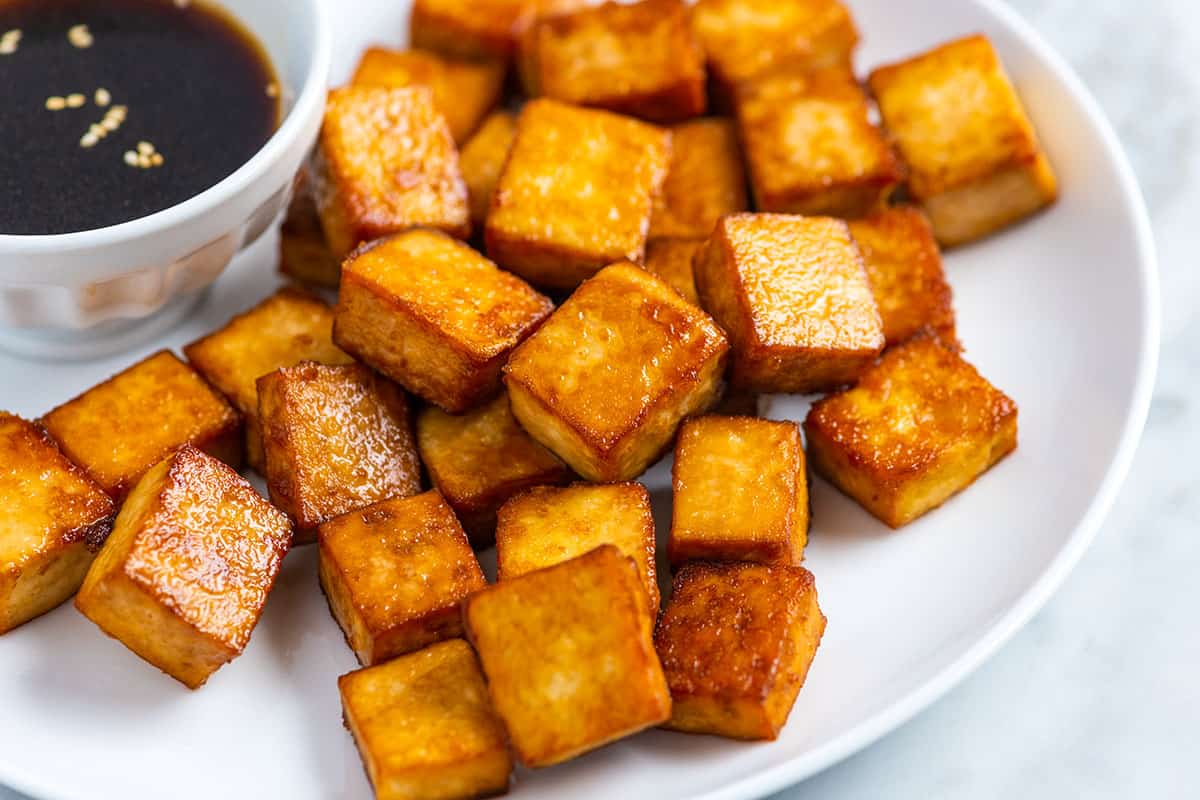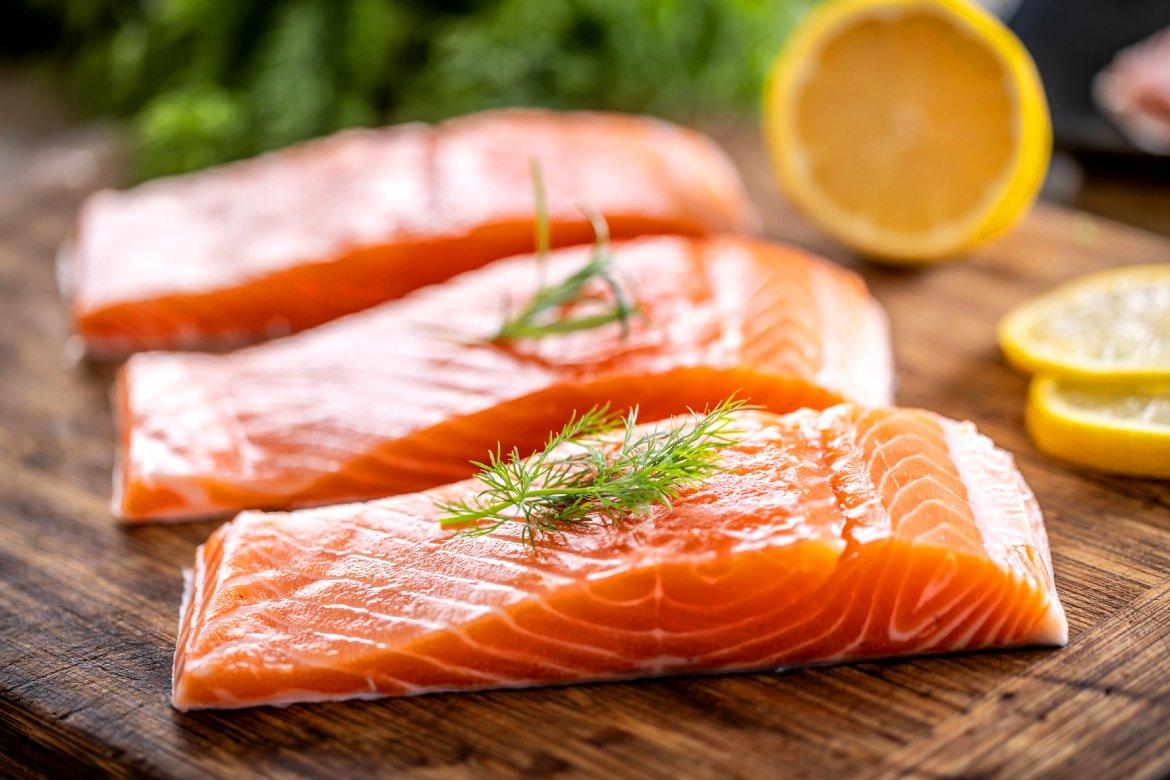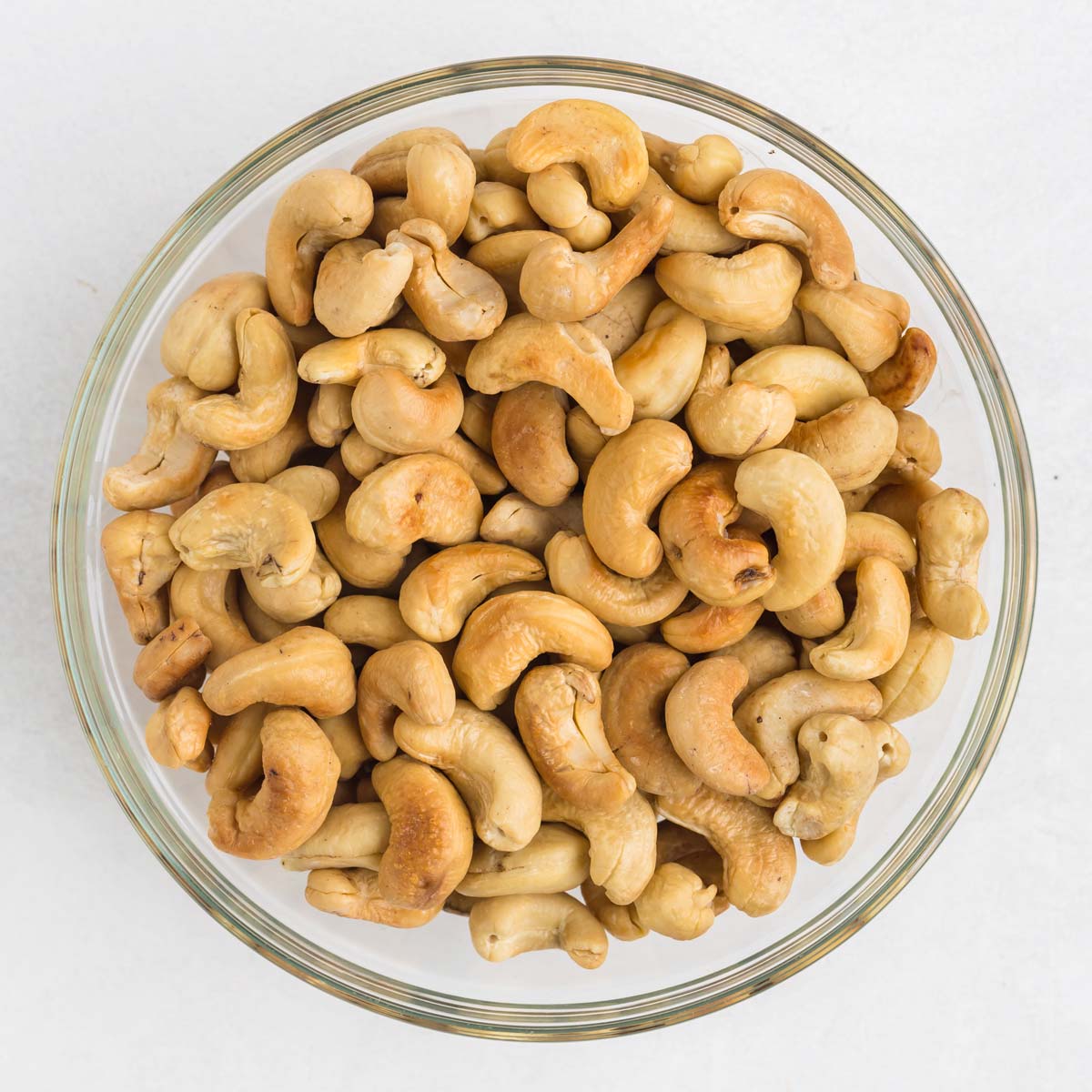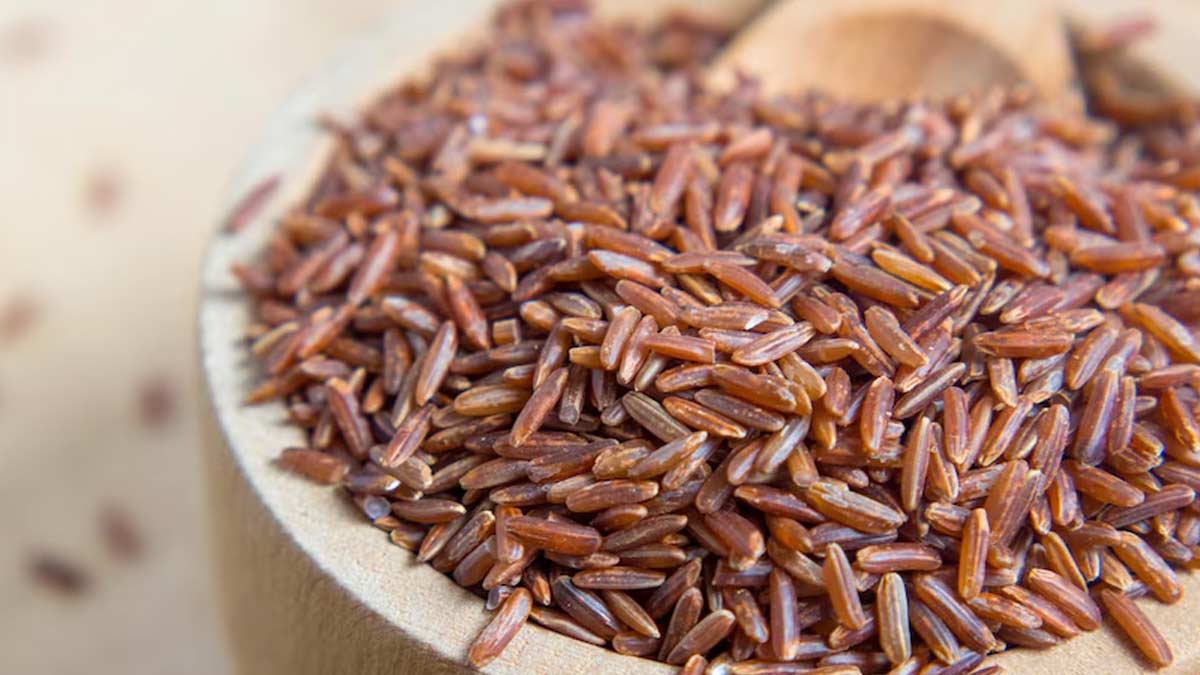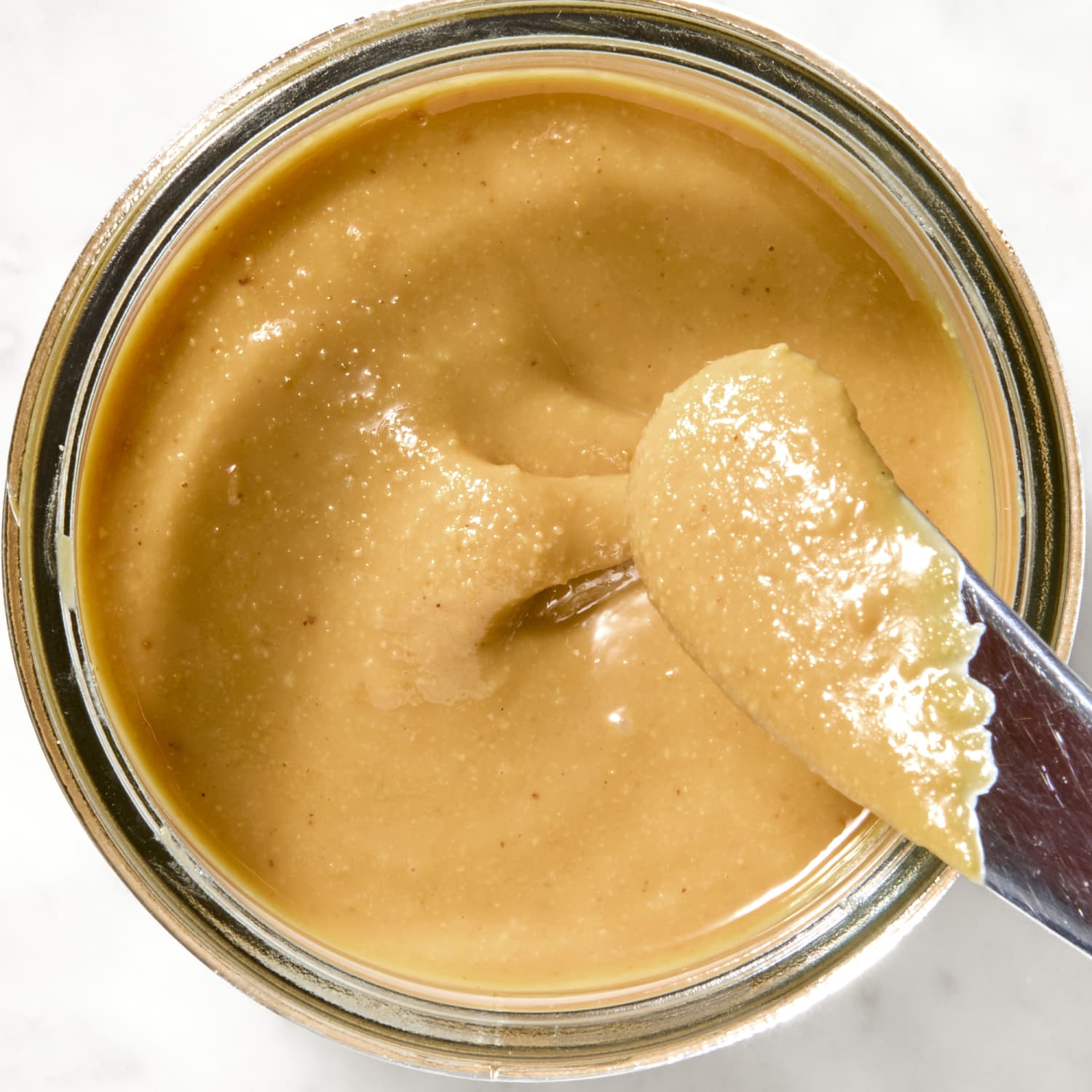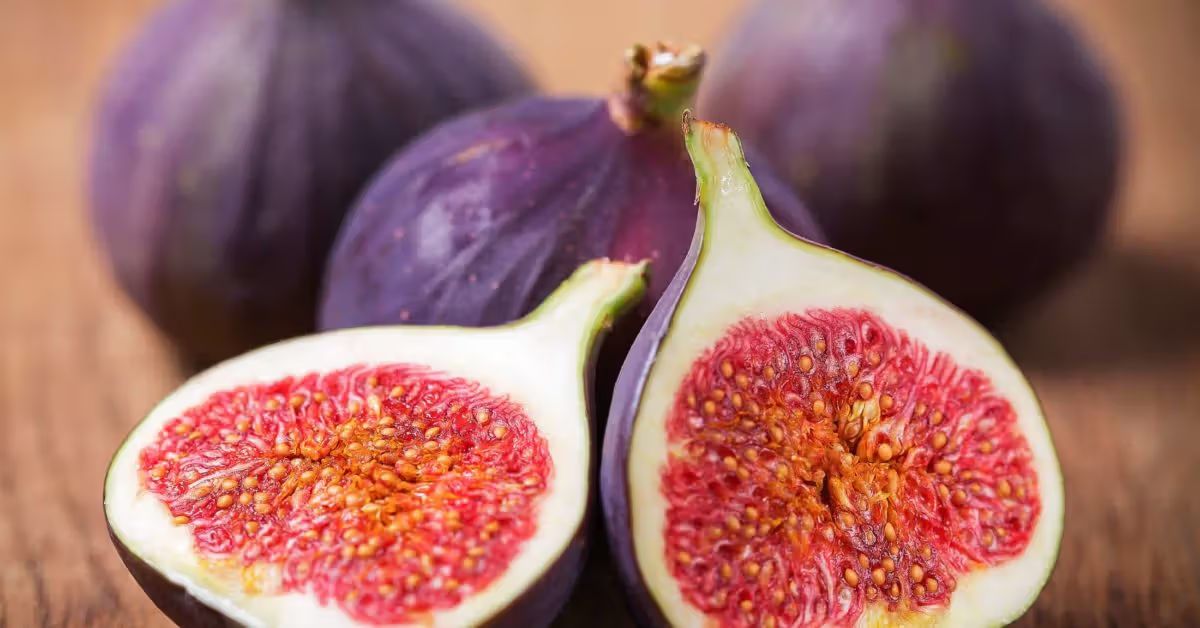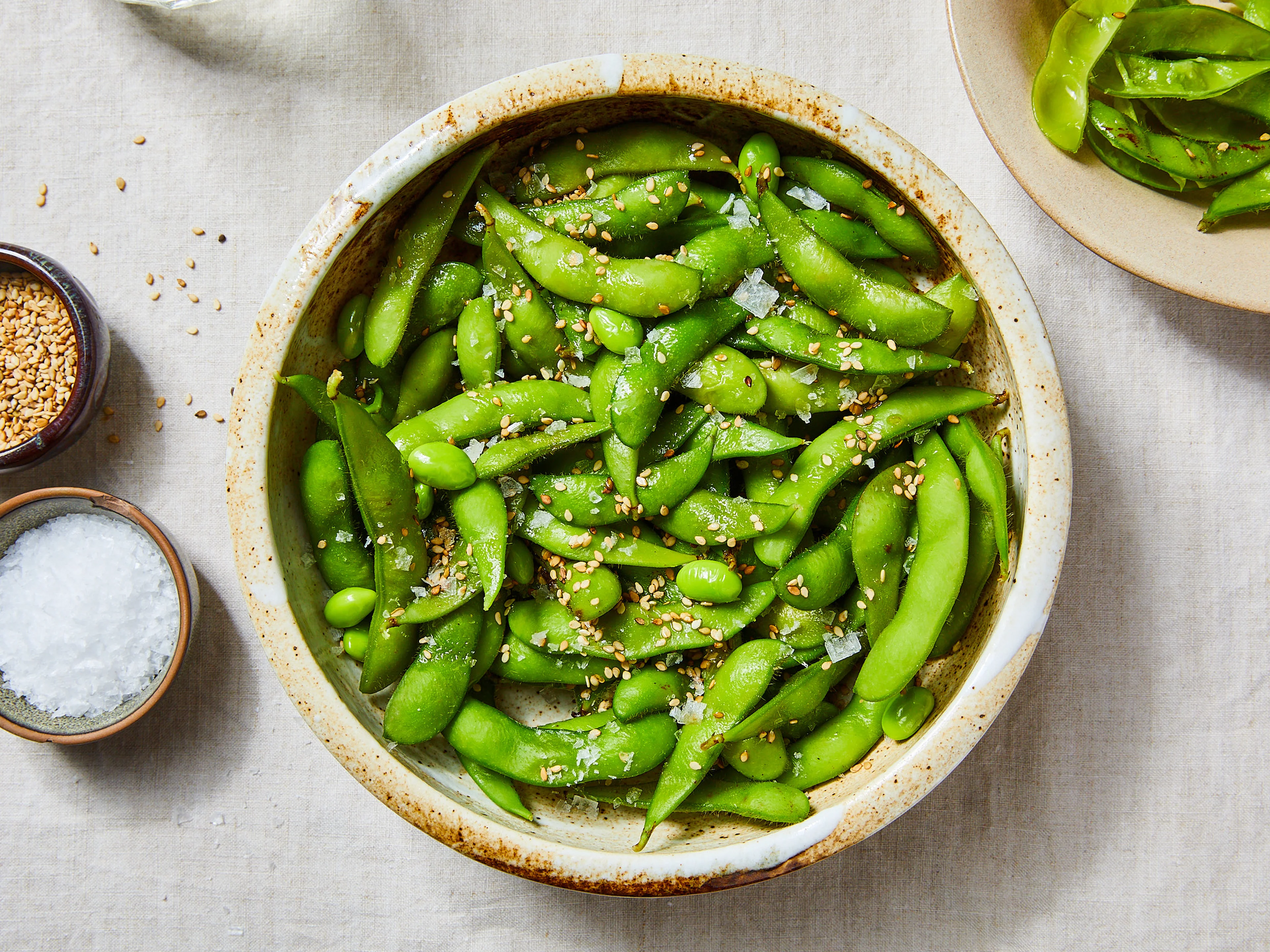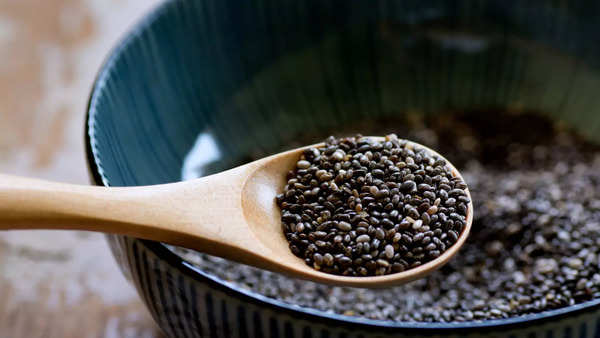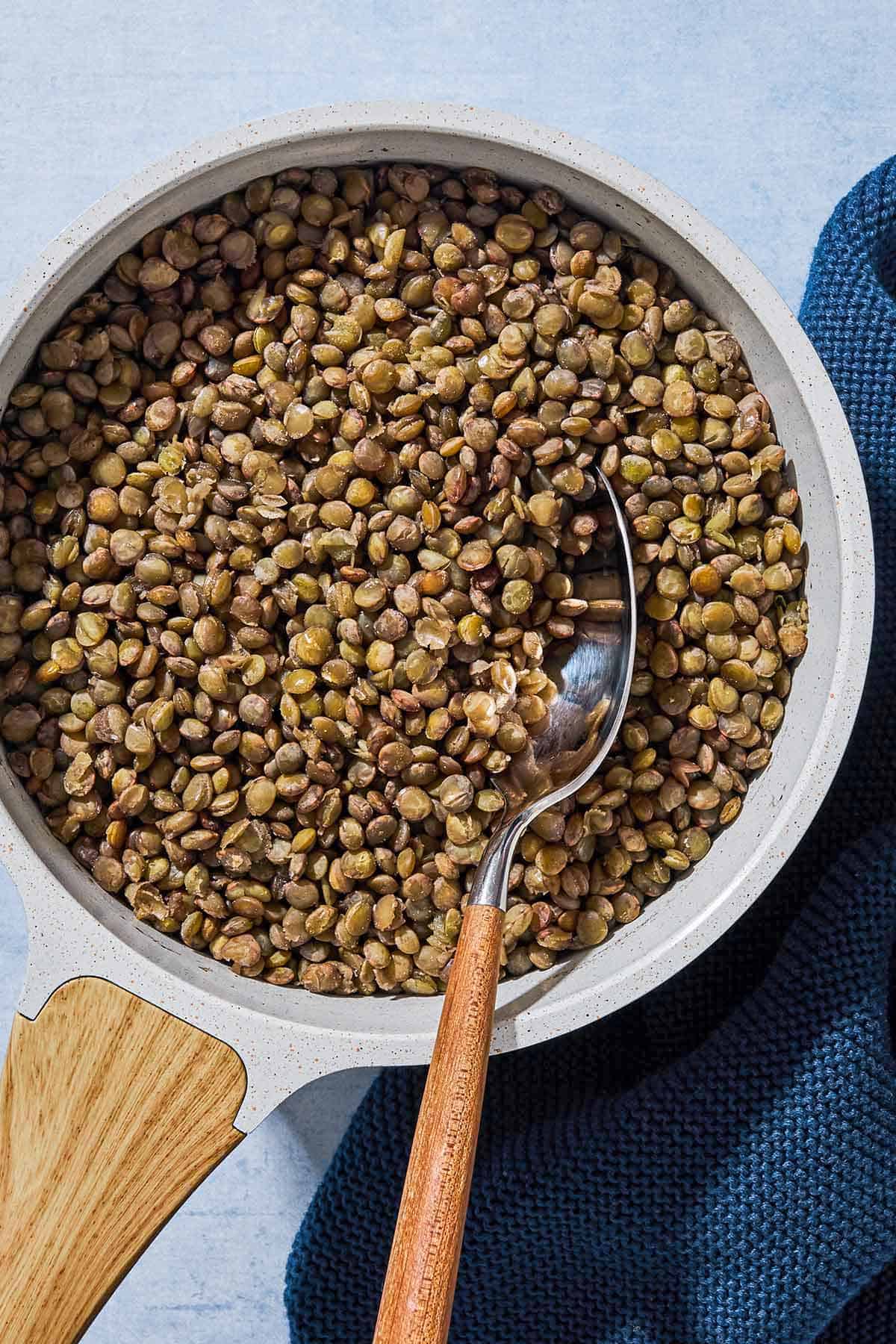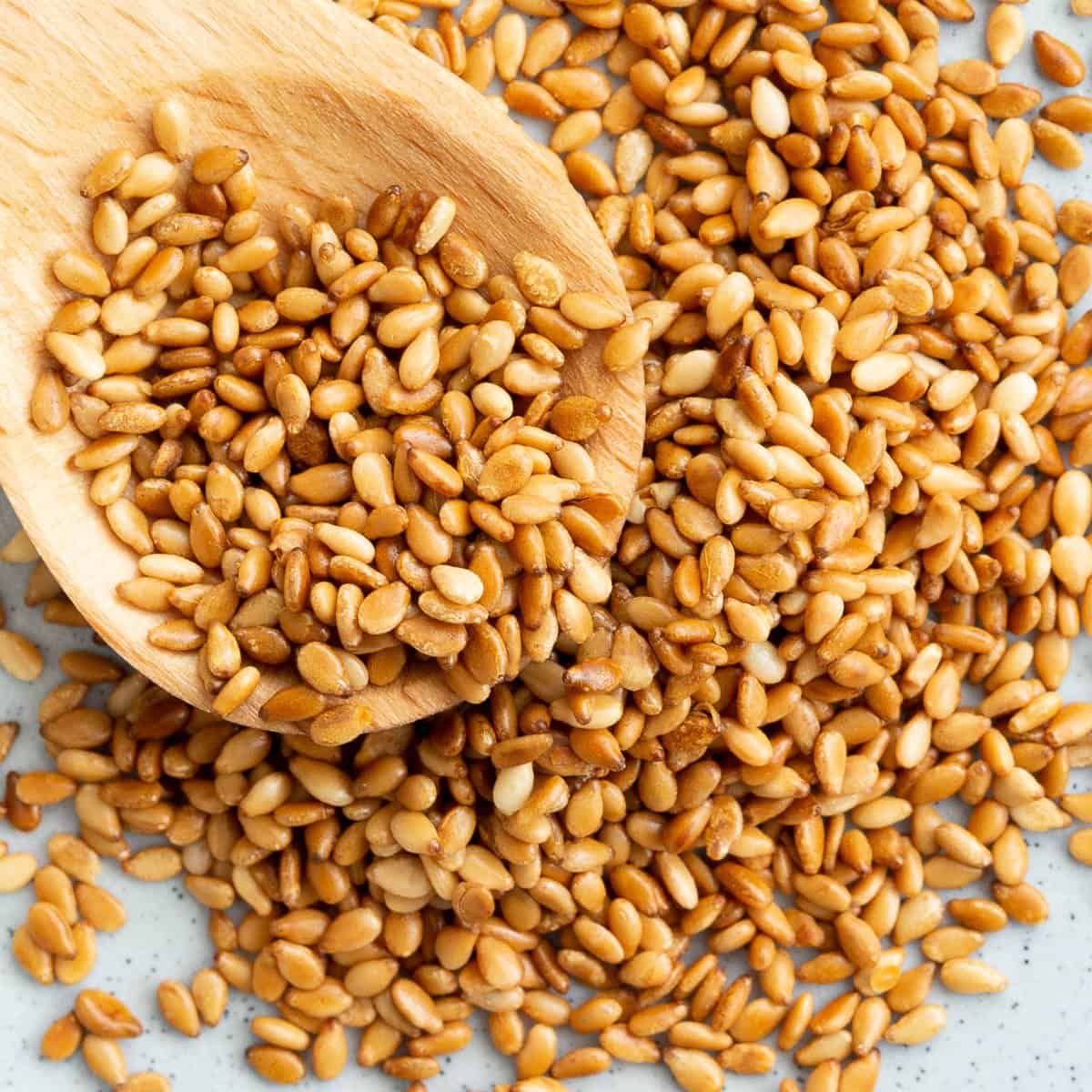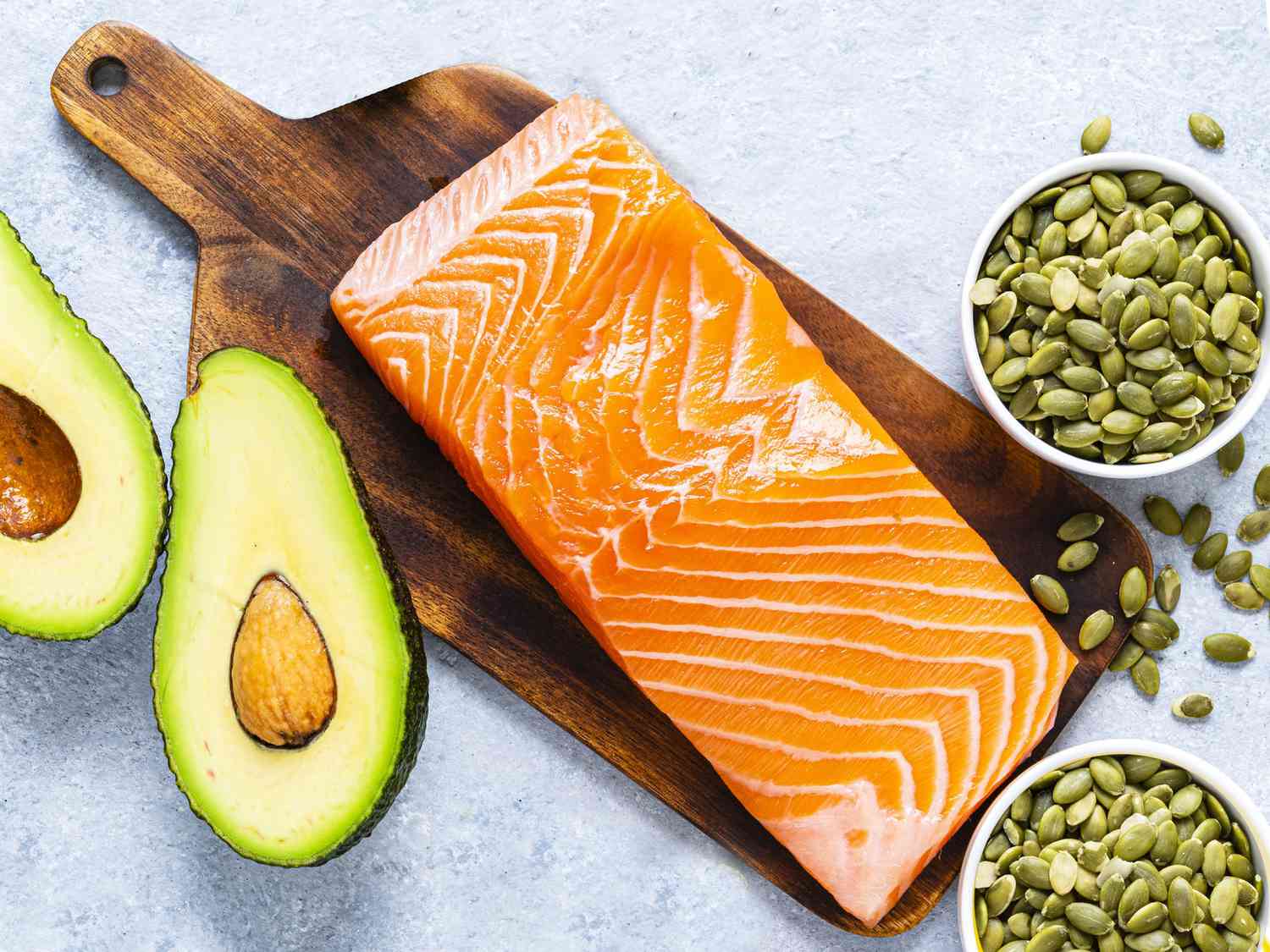
Magnesium is an essential mineral that plays a vital role in over 300 biochemical reactions in the body, including muscle function, nerve transmission, and bone health.
Despite its importance, many people don’t get enough magnesium in their diet, which can lead to symptoms like fatigue, muscle cramps, and irritability. Fortunately, magnesium is found in a variety of foods, and adding more of these magnesium-rich options to your meals is an easy way to boost your intake.
In this article, we'll highlight 20 high-magnesium foods that can help support your overall health and well-being.
What Is Magnesium?
Magnesium is a vital mineral that is necessary for many important bodily functions. It plays a key role in regulating the body's nerve and muscle functions, supporting immune health, maintaining strong bones, and even influencing heart rhythm. In addition, magnesium is involved in energy production and protein synthesis.
Despite its importance, magnesium deficiency is relatively common, especially in Western diets. Low magnesium levels have been linked to various health issues, including high blood pressure, insulin resistance, and osteoporosis. Common symptoms of magnesium deficiency include muscle cramps, fatigue, irritability, and trouble sleeping.
To prevent magnesium deficiency and support your body's overall health, it’s important to consume a variety of magnesium-rich foods regularly.
1. Spinach
Spinach is a nutritional powerhouse, and it’s one of the best plant-based sources of magnesium. Just one cup of cooked spinach contains about 157 mg of magnesium, which is nearly 40% of the recommended daily intake. Spinach is also rich in iron, fiber, and antioxidants, making it an excellent addition to any diet. You can add spinach to smoothies, salads, or use it as a cooked side dish.
2. Almonds
Almonds are not only a great source of healthy fatsbut also packed with magnesium. A small handful of almonds (about 28 grams) contains approximately 80 mg of magnesium. In addition, almonds are rich in vitamin E, fiber, and protein. Enjoy them as a snack, sprinkle them over salads, or add them to your morning oatmeal.
3. Black Beans
Black beans are an excellent source of magnesium, offering about 120 mg per cup when cooked. They are also high in fiber and protein, making them a great option for those following plant-based diets. Add black beans to soups, stews, or make a tasty black bean salad for a satisfying meal.
4. Avocados
Avocados are not only creamy and delicious but also provide a good dose of magnesium. One medium avocado contains around 58 mg of magnesium, along with healthy fats, potassium, and fiber. You can enjoy avocado dressingon toast, in salads, or blended into smoothies for a creamy texture.
5. Pumpkin Seeds
Pumpkin seeds are one of the best sources of magnesium, with a 28-gram serving providing around 150 mg of magnesium. They are also rich in antioxidants, zinc, and omega-3 fatty acids. Snack on roasted pumpkin seeds, sprinkle them on salads, or mix them into your trail mix for a magnesium boost.
6. Dark Chocolate (70-85% Cacao)
For chocolate lovers, dark chocolate is a tasty and healthy way to increase magnesium intake. A 1-ounce piece of dark chocolate (70-85% cacao) contains about 64 mg of magnesium. Dark chocolate is also rich in antioxidants, which may help protect your heart. Enjoy it in moderation as a sweet treat or add it to smoothies and desserts.
7. Bananas
Bananas are well known for their high potassium content, but they also provide a decent amount of magnesium. A medium-sized banana offers around 32 mg of magnesium. Bananas are a great portable snack, and they can be added to smoothies, oatmeal, or eaten on their own for a quick energy boost.
8. Swiss Chard
Swiss chard is another leafy green that’s packed with magnesium. One cup of cooked Swiss chard provides around 150 mg of magnesium, making it an excellent choice for boosting your magnesium intake. You can sauté it, add it to soups, or enjoy it as part of a vegetable stir-fry.
9. Tofu
Tofu is a great plant-based protein source that also contains magnesium. A half-cup of tofu provides about 37 mg of magnesium. Tofu can be used in a variety of dishes, from stir-fries to smoothies, or even grilled for a savory meal. It’s a versatile food that works well in both sweet and savory recipes.
10. Salmon
Fatty fish like salmon are rich in magnesium, as well as omega-3 fatty acids that support heart health. A 3-ounce serving of cooked salmon provides around 26 mg of magnesium. Grilled, baked, or pan-seared, salmon is an easy way to increase your magnesium intake while benefiting from healthy fats.
11. Cashews
Cashews are a delicious and convenient snack that’s rich in magnesium. A 28-gram serving of cashews contains approximately 82 mg of magnesium. They’re also a good source of healthy fats, protein, and vitamins. Enjoy them as a snack, or add them to stir-fries, salads, or baked goods.
12. Whole Grains (Quinoa, Brown Rice, Oats)
Whole grainslike quinoa, brown rice, and oats are all excellent sources of magnesium. For example, one cup of cooked quinoa provides about 118 mg of magnesium. Whole grains are also high in fiber and B vitamins, making them a great option for boosting overall nutrition. Use them as the base for salads, bowls, or side dishes.
13. Peanut Butter
Peanut butter, especially natural varieties, provides a good amount of magnesium. A 2-tablespoon serving contains about 49 mg of magnesium. It’s also a source of protein and healthy fats. Spread it on whole-grain toast, dip apple slices in it, or add it to smoothies for a creamy texture.
14. Figs
Figs are a sweet and healthy way to increase magnesium intake. One medium-sized fig contains around 18 mg of magnesium. They’re also high in fiber and antioxidants. Figs can be eaten fresh or dried, and they make a great addition to salads, oatmeal, or yogurt.
15. Yogurt
Yogurt, particularly Greek yogurt, is a good source of magnesium, offering about 30 mg per serving. Yogurt is also rich in calcium and probiotics, which support gut health. Enjoy it as a snack, or top it with fruit, nuts, and seeds for a well-rounded meal.
16. Edamame
Edamame, young soybeans, are not only a good source of protein but also provide a healthy dose of magnesium. One cup of cooked edamame contains around 100 mg of magnesium. Edamame is an excellent snack, or you can add it to salads, stir-fries, or grain bowls.
17. Chia Seeds
Chia seeds are tiny but mighty when it comes to magnesium content. Just 28 grams of chia seeds provide about 95 mg of magnesium. They’re also packed with fiber and omega-3 fatty acids. Add chia seeds to smoothies, oatmeal, or use them to make chia pudding.
18. Lentils
Lentils are a great source of plant-based protein and magnesium. One cup of cooked lentils contains about 71 mg of magnesium. They’re also high in fiber and iron, making them a healthy and filling addition to any diet. Enjoy lentils in salads, soups, or as a base for veggie burgers.
19. Sesame Seeds
Sesame seeds are a rich source of magnesium, with a 28-gram serving providing around 101 mg of magnesium. They’re also high in healthy fats and protein. Add sesame seeds to salads, sprinkle them on roasted vegetables, or make tahini for a magnesium-rich spread.
20. Potatoes (With Skin)
Potatoes, especially when consumed with their skin, are a good source of magnesium. One medium-sized potato with skin provides around 48 mg of magnesium. Potatoes are also rich in potassium, fiber, and vitamin C. Bake, roast, or mash potatoes for a hearty and nutritious side dish.
How To Maximize Magnesium Absorption
To ensure you’re getting the most magnesium from your foods, consider these tips:
- Pair magnesium-rich foods with vitamin D: Vitamin D helps increase magnesium absorption. Foods like fortified milk or fatty fish (like salmon) are good sources of vitamin D.
- Avoid excess caffeine: Too much caffeine can interfere with magnesium absorption. Limit coffee and energy drink intake if you’re looking to boost magnesium levels.
- Watch your calcium intake: While calcium is important for bone health, high doses of calcium can inhibit magnesium absorption. Ensure you're balancing both minerals properly.
FAQs
What Are The Symptoms Of Magnesium Deficiency?
Magnesium deficiency can cause symptoms such as muscle cramps, fatigue, irritability, trouble sleeping, and weakness. If left untreated, it may lead to more severe health issues like high blood pressure and osteoporosis.
Can Magnesium Help With Sleep?
Yes, magnesium plays a crucial role in supporting healthy sleep. It helps regulate neurotransmitters that promote relaxation, making it easier to fall and stay asleep.
How Much Magnesium Should I Consume Daily?
The recommended daily intake of magnesium varies by age and gender. For adults, it’s generally recommended to get 310-420 mg per day, depending on age and gender.
Are There Any Side Effects Of Taking Too Much Magnesium?
Excessive magnesium intake from supplements can lead to symptoms like diarrhea, nausea, and abdominal cramping. It’s best to get magnesium from food sources to avoid overconsumption.
What Are Some Plant-based Sources Of Magnesium?
Many plant-based foods are rich in magnesium, including leafy greens, nuts, seeds, legumes, and whole grains. Some excellent plant-based sources include spinach, almonds, pumpkin seeds, and black beans.
Conclusion
Magnesium is a crucial mineral for maintaining good health, and luckily, there are plenty of delicious and nutritious foods that can help you meet your daily magnesium needs.
By incorporating more magnesium-rich foods like leafy greens, nuts, seeds, and whole grains into your meals, you can support your muscle and nerve function, promote heart health, and boost your overall well-being.
